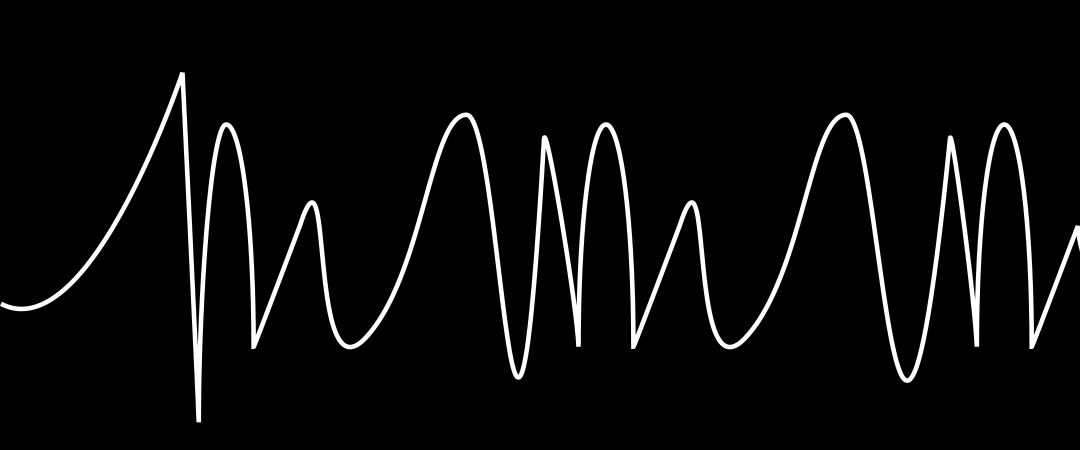Tuning-3. Strauss / Schoenberg
This pavilion, whose leitmotif is movement in space and time, refers to the Art Nouveau style and the peculiarities of chamber music perception.
The composer Arnold Schoenberg conceived of the Viennese Society for Private Musical Performances as a way of attaining the ideal conditions for the performance and reception of modern music, of capturing and comprehending the sound of the new epoch. Only holders of expensive subscriptions were able to attend the Society’s concerts, and the proceeds from these subscriptions were used to invite the best musicians in the country. Many works were composed especially to order and, in addition to this, Schoenberg and his colleagues adapted several impor-tant works from the turn of the century for chamber ensembles. Among these was a new variation of Johann Strauss II’s Emperor Waltz (1889): in 1921, three years after the end of the First World War and the collapse of the Austro- Hungarian Empire, Schoenberg recomposed the score — original-ly intended for a symphony orchestra — for a chamber ensemble of seven instruments. This ceremonial musical emblem of the Austro- Hungarian Empire (as well as of Late Romanticism) was transformed by Schoenberg into both a manifesto of modernist art and a declaration of the collapse of the previous world order.
The pavilion in which the Strauss/Schoenberg waltz sounds out corre-sponds to the intimate setting suited to the mode of listening practised by the Viennese Society: it is a furnished living room with works that directly or indirectly relate to the art-nouveau style and its belief in the transfor-mation of life through the means of art, love of ornamentation, and intent attention to the decorative side of everyday life.

Lucy McKenzie’s triptych Front Entrance / Mapp and Lucia / Mapp (2011) was also inspired by the architecture and interiors of the turn of the nineteenth and twentieth centuries. The dimensions and proportions of her canvases resemble a theatrical scenery, forming a kind of backdrop within the pavilion.
The works of Marc Camille Chaimowicz — Finally Alone (1989–90) painting and A Concert for New York (2014) — plywood boards with patterns reproducing wallpaper designs (2014) — exist between painting and decorative arts: if the floral patterns of the wallpaper seem as though dictated by nature itself, they also refer to the features of art nouveau.
In Vladislav Mamyshev-Monroe and Valery Katsuba’s Every Passion is Blind and Wild (2001), ornament takes on a leading role — just as passions almost consume a person, here ornament almost absorbs the series’ main character, the «crazy clown, '' as Mamyshev-Monroe put it.
In her series of paintings, Two Transitions (1974), Irina Nakhova shifts view-ers’ attention from the large to the small, from the external to the internal and back through play with form and scale, space and plane. Interpre-tation of these images can vary depending on the scale of the figures, which is left deliberately unclear.
Transition takes place not just in space but in time, and this is another important leitmotif of the pavilion. Artists address the past, like the eighteenth- century Italian artist, architect, and engraver Giovanni Battista Piranesi, who dedicated his life to the study of classical antiquity and the works of his predecessors.
It was in a similar vein that Lucy McKenzie reproduced Meredith Frampton’s still-life Trial and Error (1939), which was itself partly composed from fragments of previous works by the British artist.
Piranesi’s View of the Villa d’Este in Tivoli (c. 1773) returns us to Schoenberg’s time: the last owner of this country estate was the Austrian Archduke Franz Ferdinand, whose murder occa-sioned the First World War, the collapse of the Austro- Hungarian Empire, and the beginning of Akhmatova’s «real — not the calendar — Twentieth century.»
Johann Strauss (1825–1899) — Arnold Schoenberg (1874–1951)
Emperor Waltz, op. 437, 1889/1921
Performed by
Georgy Dolgov, flute
Evgeny Krivoshein, clarinet
Nicholas Mazhara, piano
Mikhail Krutik, violin
Victoria Velkova, violin
Dmitry Chernyshenko, viola
Elena Grigorieva, cello
Fedor Lednev, artistic director
Recorded at Petersburg Recording Studio. Commissioned by V–A– C Foundation (2022)
Sound engineer Alexey Barashkin